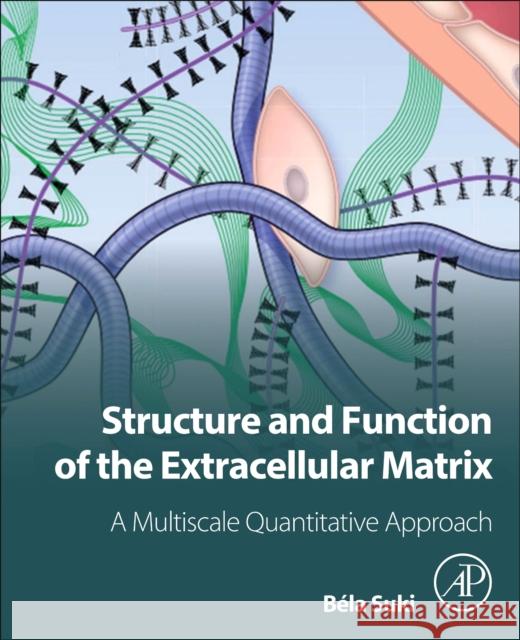Structure and Function of the Extracellular Matrix: A Multiscale Quantitative Approach » książka
topmenu
Structure and Function of the Extracellular Matrix: A Multiscale Quantitative Approach
ISBN-13: 9780128197165 / Angielski / Miękka / 2021 / 282 str.
Kategorie:
Kategorie BISAC:
Wydawca:
Academic Press
Język:
Angielski
ISBN-13:
9780128197165
Rok wydania:
2021
Ilość stron:
282
Waga:
0.65 kg
Wymiary:
27.94 x 21.59 x 1.5
Oprawa:
Miękka
Wolumenów:
01











